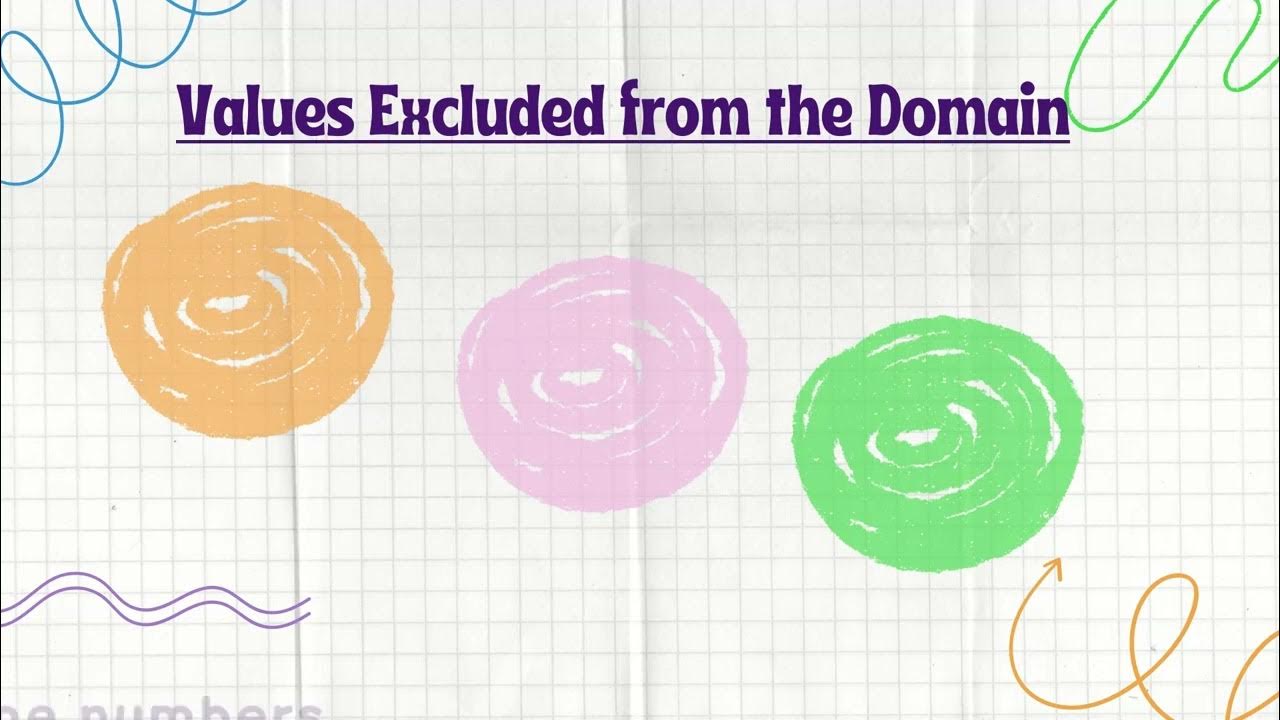Função 01: O que é função?
Summary
TLDRThis educational video script introduces the concept of a function in a relatable way. It uses the example of buying gasoline to explain how the price (dependent variable) changes based on the quantity (independent variable) purchased. The instructor demonstrates how a function can represent the relationship between two variables, showing how the cost of gasoline is a function of the quantity bought. The script simplifies the idea of functions by using a multiplication formula to calculate the total price, making it easier for viewers to understand the connection between variables.
Takeaways
- 📘 The script is a lesson on the concept of a function in mathematics.
- 🔢 A function is defined as a relationship between two variables, where one variable can change based on the other.
- 🛒 The example used in the script is the relationship between the quantity of gasoline (in liters) and its price in reais.
- 💲 It is explained that if you buy double the amount of gasoline, you pay double the price, and similarly for triple the amount.
- 📊 The price paid is directly proportional to the quantity of gasoline purchased, establishing a linear relationship.
- 📑 The function is written as a formula where the price (y) is equal to the cost per liter (5 reais) times the quantity (x) of liters.
- 📈 The script demonstrates how to calculate the price for different quantities of gasoline using the function.
- 📝 The lesson emphasizes the practical application of functions to solve real-world problems, such as calculating costs.
- 👨🏫 The instructor uses a step-by-step approach to teach the concept, starting with basic definitions and moving to practical examples.
- 🎓 The lesson is designed to help students understand the concept of functions and how they can be represented mathematically.
Q & A
What is the main topic of the lecture?
-The main topic of the lecture is the concept of a function, specifically exploring how it relates to variables and their values.
What is a function according to the lecture?
-A function is a relationship between two variables, where one variable's value depends on the value of another variable.
What is an example used in the lecture to explain the concept of a function?
-The example used is the relationship between the quantity of liters of gasoline purchased and the price paid, where the price is a multiple of the price per liter.
How does the price of gasoline relate to the quantity purchased in the example?
-In the example, the price of gasoline is directly proportional to the quantity purchased, with the price being a multiple of the price per liter.
What is the price per liter of gasoline mentioned in the lecture?
-The price per liter of gasoline mentioned in the lecture is R$5.
How does the lecture demonstrate the concept of a function with the gasoline example?
-The lecture demonstrates the concept of a function by showing that the total price paid for gasoline is a function of the quantity of liters purchased, calculated as R$5 times the number of liters.
What is the mathematical representation of the function for the gasoline price example?
-The mathematical representation of the function for the gasoline price is P(x) = 5x, where P represents the price and x represents the number of liters.
What is the purpose of using a function to calculate the price of gasoline?
-Using a function to calculate the price of gasoline simplifies the process of determining the total cost for any given quantity, eliminating the need for repetitive addition.
How does the lecture suggest using the function to find the price for a specific quantity of gasoline?
-The lecture suggests using the function by substituting the desired quantity of liters (x) into the function P(x) = 5x to find the corresponding price (P).
What is the total price for eight liters of gasoline according to the function?
-According to the function P(x) = 5x, the total price for eight liters of gasoline would be 5 * 8 = R$40.
Outlines

This section is available to paid users only. Please upgrade to access this part.
Upgrade NowMindmap

This section is available to paid users only. Please upgrade to access this part.
Upgrade NowKeywords

This section is available to paid users only. Please upgrade to access this part.
Upgrade NowHighlights

This section is available to paid users only. Please upgrade to access this part.
Upgrade NowTranscripts

This section is available to paid users only. Please upgrade to access this part.
Upgrade Now5.0 / 5 (0 votes)





